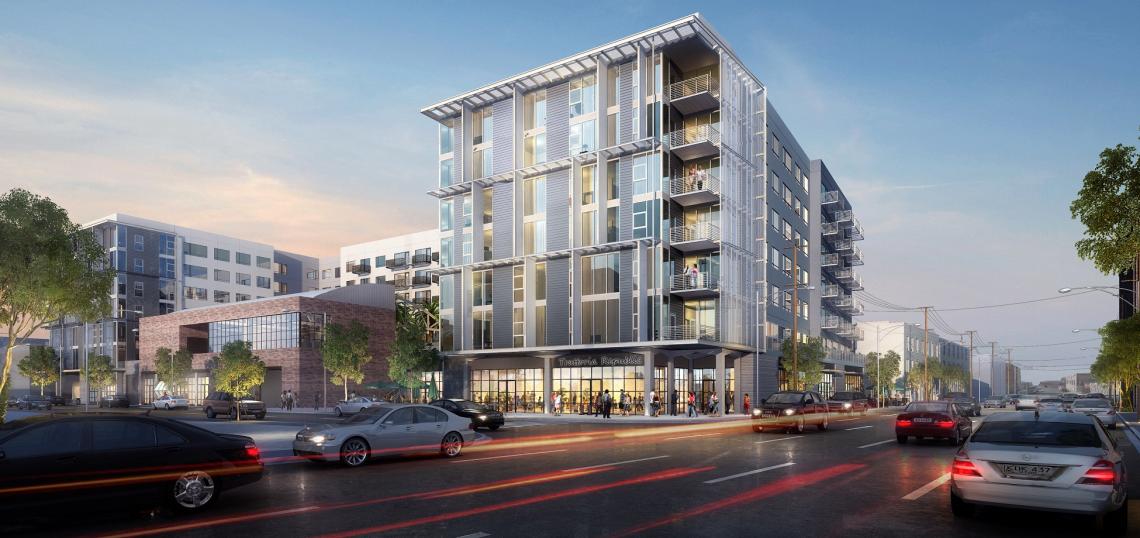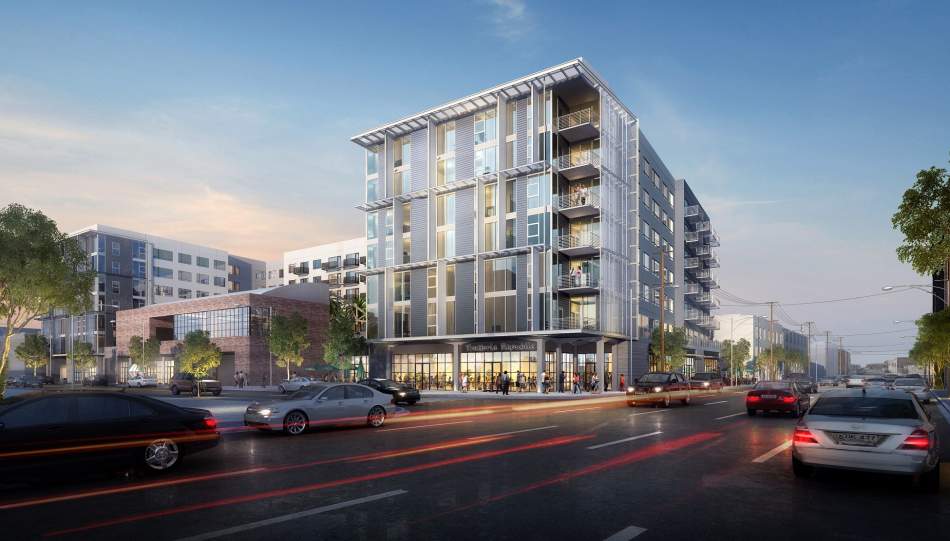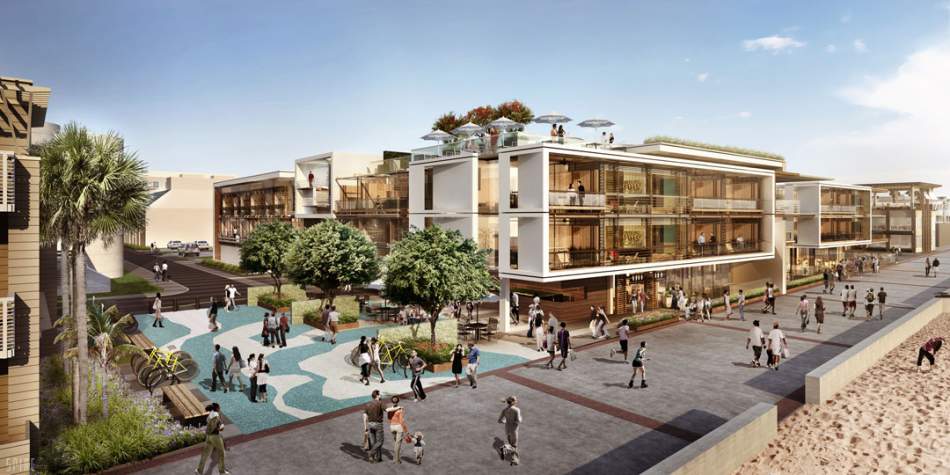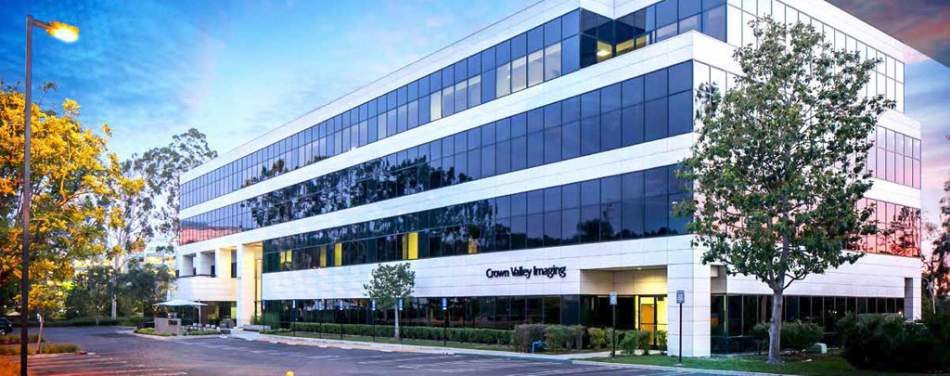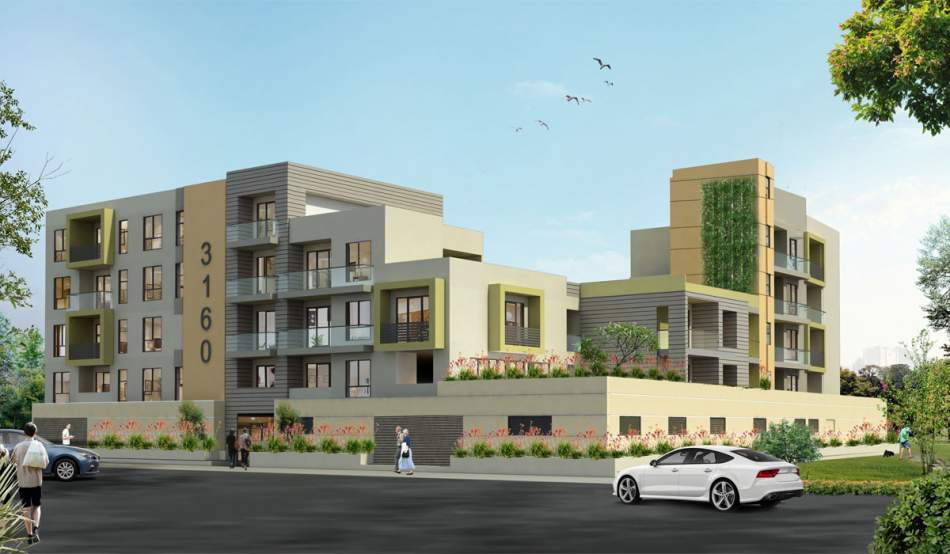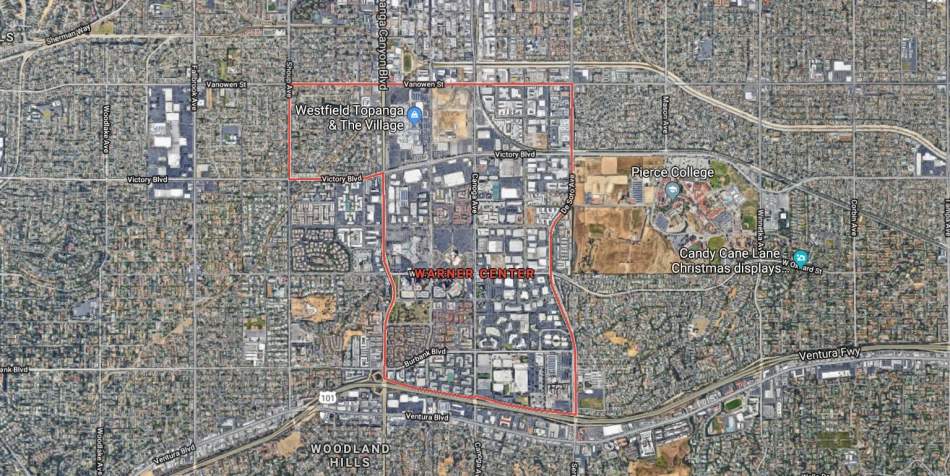Before expanding out of Iran into Europe in the late 1950s, the Bolour family was able to build a thriving textile business in the Middle East. However, with the geopolitical climate in Europe after World War II, it must have been difficult to thrive in that region. Can you discuss the entrepreneurial spirit of the Bolour family and how it transferred to real estate?
When the Bolour family initially moved to LA in the 1970s, why did they start investing in real estate instead of further expanding the textile business? And what differentiated areas like Hollywood, Downtown and Koreatown?
I believe they were drawn to urban areas like downtown, Koreatown and Hollywood because they reflect an environment they were familiar with. They had always lived in urban areas –Tehran, Iran and Hamburg, Germany – and witnessed first-hand the power and potential of high-density communities. One of my uncles was in Hamburg after World War II and watched Germany rebuilt itself after its ruination from the war. Living in Europe in the 1950s reinforced their belief that big cities always recover, even after devastating events.
That belief continued when they arrived in the U.S. They remained confident when interest rates spiked in the 1980s and when foreclosures skyrocketed during the Great Recession. They were accustomed to it and knew the market would always spring back.
BOLOUR currently has many projects in the pipeline including The Strand & Pier Hotel in Hermosa Beach, the AMP Lofts in Los Angeles, creative offices in El Segundo and the Decadence mixed-use building, again in Hermosa . What project gets you the most excited, and what unique obstacles have arisen from that project?
I get most excited when BOLOUR can bring numerous intangibles together in a single project – whatever that project may be. Many of the projects you mention have required us to evaluate and resolve complex entitlement challenges, all while we clearly communicate with a broad group of audiences. We have built our business on our strong, established relationships and our promise to always do right by the communities where we invest and build. We always try to bring elected officials, industry experts and grassroot coalitions together to establish zoning, architectural plans and creative project elements that serve their specific community. This is a huge joy for me and is particularly important when we’re working in transit-centric, gateway markets where we have the opportunity to turn a less-than-desirable real estate asset into a new hub for people to live and work and play. Los Angeles is ripe with these types of opportunities, so that makes it a great place for BOLOUR to grow its portfolio and its brand.
Can you please expand on the marketing and branding perspective?
Project branding is a huge factor in today’s commercial real estate market, particularly when it comes to creative urban developments that depend on attracting young professionals. When you give a project an identity – much like the hospitality industry does – you give it a layer of intangibles that can directly impact yields and rental rates. In an office project, young talent wants to go to a lobby where they can play shuffleboard or hang out at an espresso bar. They want to be in an urban area where every amenity is at their doorstep. The same is true in our multifamily communities. As more Millennials work online, we’ve seen their need for community climb sharply. As an investor and a developer, BOLOUR responds to those trends through design and construction, and then markets the results through branding and identity programs.
When we approach properties like Cerro, we build with a vision that matches our demographic. This means that everything from building materials to layout to finishes are in harmony in the brand. In our new multifamily buildings, we are targeting young professionals with an even deeper level of intangibles including keyless technology that allows them to control many areas of their residential unit from a phone or key fob. This creates greater security for residents and a very cool intangible for a demographic who loves – even demands – living environments that integrate technology. This would be a different story in a senior living property, since seniors generally want to control their living spaces with their fingertips, not their phones. By identifying all of the potential intangibles and using the best methodologies for our target demographic we are giving every office and multifamily project is its own distinctive success opportunity.
What do you think about co-living? Have you thought about using that model?
BOLOUR recently broke ground on a five-story, 65-unit apartment complex in Silver Lake. However, the entitlements date back to the early 1990s. Why do you think this site has been untouched for so long and why did you decide to revive it?
When we bought this parcel, it was an old, closed gas station that most people didn't want to touch because it required strong design and development leadership to ensure success. It was the perfect opportunity for us to apply our specialized knowledge and track record of community-oriented projects. As we began looking into the land use issues, we realized that the property was entitled in the 1990s. We asked ourselves if these entitlements would allow us to build a product that works today. In coordination with the city’s planning, building and safety departments, we determined that the answer was yes. It can be difficult to entitle in Silver Lake but we were lucky with this project – in part because of its existing entitlements and in part because of the different way that BOLOUR looks at land use. Our acquisition team understands the value-add intangibles and the Los Angeles development environment, and that set us on a path for a successful end product.
Please explain the market research process when identifying “neighborhoods that are on the brink of redevelopment.”
We review hundreds of deal opportunities each year through the lending side of our business. That exposes our team to a huge amount of data that, if you’re paying attention, point to very specific market movement and trends. But that is only part of our formula.
When you evaluate most cities, you see that they evolve the same way. In the early 1900s, industrial and manufacturing was built just outside of downtown centers and railroads followed, creating the hub of a city’s transportation grid. Over the last decade, these transit-oriented areas have become the most likely places for investors and developers to affordably enter a Tier 1 market. Because of that, these are the areas that are quickly being converted into creative office and multifamily projects that are so highly desirable among Millennials. Along with this development comes social phenomenons like the rise of Arts Districts, which we’re now seeing in places like Miami, Phoenix, Dallas and Los Angeles.
BOLOUR recently acquired a 52,600-square-foot, single-story commercial building at 21200 Oxnard Street, with plans for 380 residential units. The property is also within the Warner Center 2035 Specific Plan, which allows up to 30 million square feet of dense new development in a 1,100-acre area, including commercial and multifamily development. Walk us through the vision behind the Warner Center specific plan and how your residential development fits within that scope.
We have a ten-year plan to develop our site at Warner Center, which is fine since we are very comfortable working in ten-year horizons. If we were to develop this parcel now, we would likely have to build a Texas-style wrap project with above-grade parking. But if we wait we can capitalize on higher future rents, giving us the financial resources needed to build more product space aboveground and move parking underground. Underground parking can be one of the most costly items of an infill project, requiring a lot of dirt removal and representing as much as 20 percent of a new building, so it’s important that you can make this expense pencil.
Waiting to develop could also reduce our need for parking. Already, 30 percent of people in downtown Los Angeles do not own a car, and many expect the need for parking in urban areas to decrease by as much as one third in the next 10 to 15 years. That would make our Warner Center project a much different undertaking, where curbside space is more important than parking because cars will not park – only drop off or pick up at the curb like they already do at places like Century City Mall and LAX.
We also believe the office market in Warner Center will become more important over time. That would open up the opportunity for a specific plan where 50 percent of our floor area is commercial and 50 percent is residential, which doesn’t makes sense today but perhaps will in the future.
In the interim, we plan to remain active owners at Warner Center, leasing our building and waiting as we move toward a development plan that will yield a larger return for us and provide greater benefit to the people who live and work in our project.




